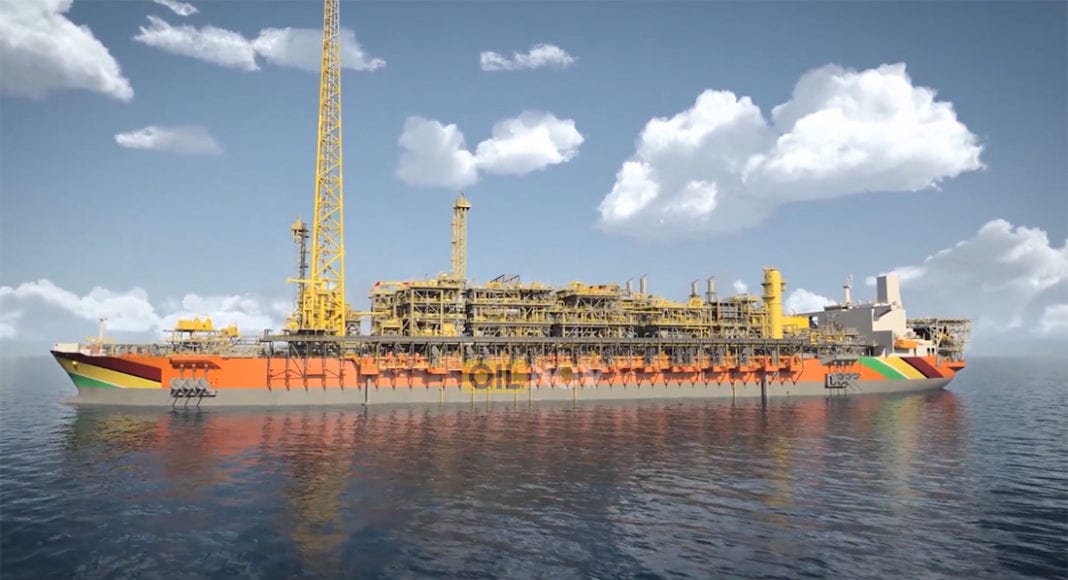Chief Operating Officer (COO) for Hess Corporation, Greg Hill, recently disclosed that the Liza Destiny FPSO could be producing as much as 150,000 barrels of oil per day come 2022. The Hess official made this disclosure during his participation at the UBS Global Energy Virtual Conference 2021. That event was held on May 26, last.
The COO was at the time responding to queries about the Liza Destiny’s gas compressor which has undergone repairs in the USA.
Speaking to the state of operations, Hill said the vessel is currently producing around 120,000 barrels of oil per day as the flash gas compressor underwent repairs and a small amount of redesign. He added that it will return to the platform in June and be operational by July 1. Once it becomes operational, he said, “We will be able to walk the production up somewhere between 120,000 barrels of oil per day to 130,000 barrels of oil per day. And then in November of this year, we will do two things, we will take a shut down and we’ll install a new design flash gas compressor to hopefully get it more reliable.”
The COO was keen to note that the second most important objective of the November shut down would be to debottleneck or optimize the Liza Destiny FPSO facility to have a new nameplate of somewhere between 140,000 to 150,000 barrels of oil per day. “So hopefully in December, once all that work is done, we will see it begin to ramp up to that higher nameplate capacity for next year,” the COO expressed.
He revealed too that this capacity increase is possible for the Liza Unity and Prosperity FPSOs while adding that this is very typical for large projects. Elaborating further, Hill said it is normal to see operations being optimized in this regard after data are obtained. He said, “So why do you see a debottlenecking like this afterward? It is simple, you need the dynamic data of operating that vessel to understand where your pinch points are and so you need about six months to a year of operating data then you can go in and put in some piping changes and eliminate those bottlenecks, then go to a higher nameplate,” Hill explained.
He said typically, the nameplate can be increased by about 10 to 15 percent. He reiterated however that “the dynamic data” ultimately determines how this is done. He noted that the Liza Unity FPSO for example, which is slated to produce 220,000 barrels of oil per day, could very well be optimized to produce 240,000 barrels later on.



